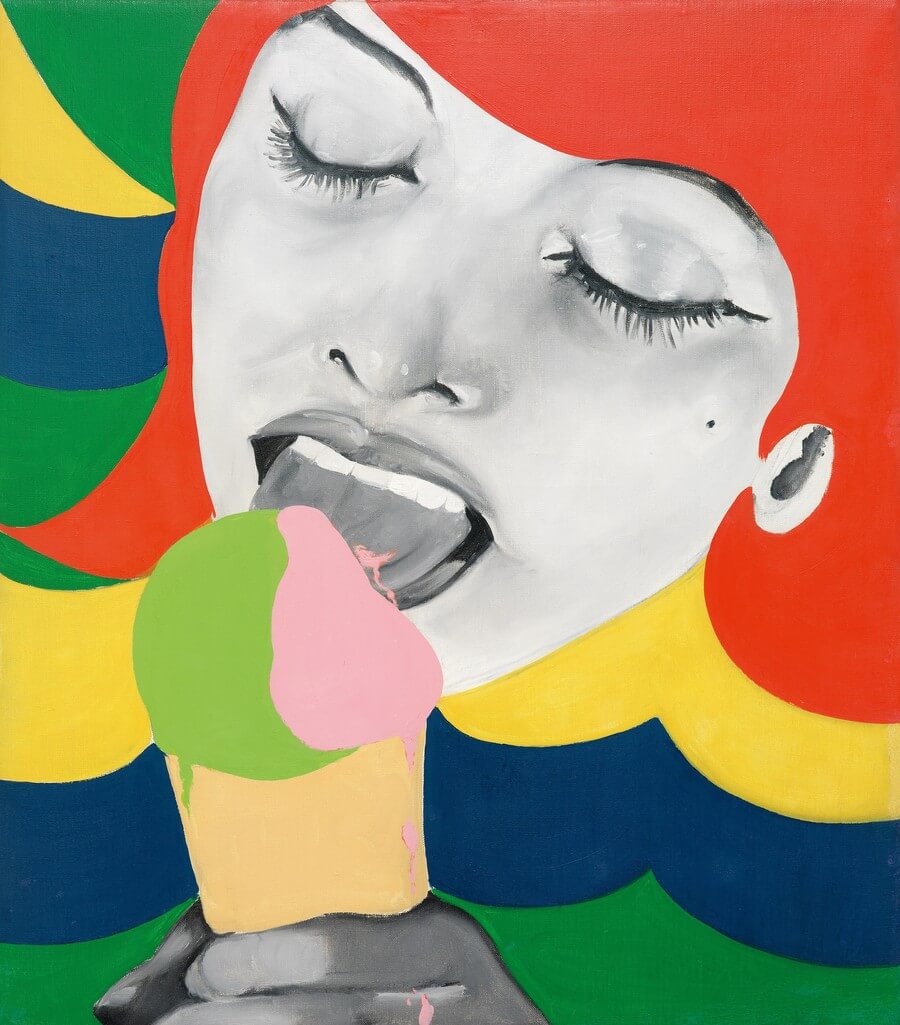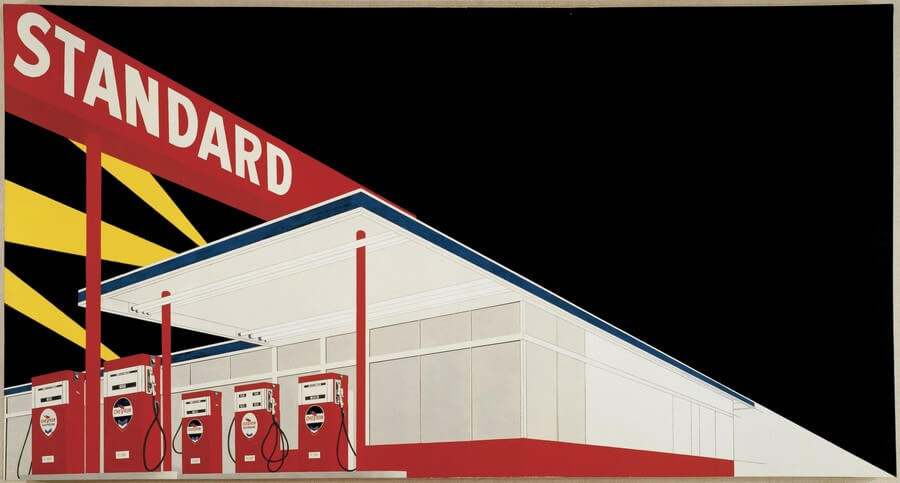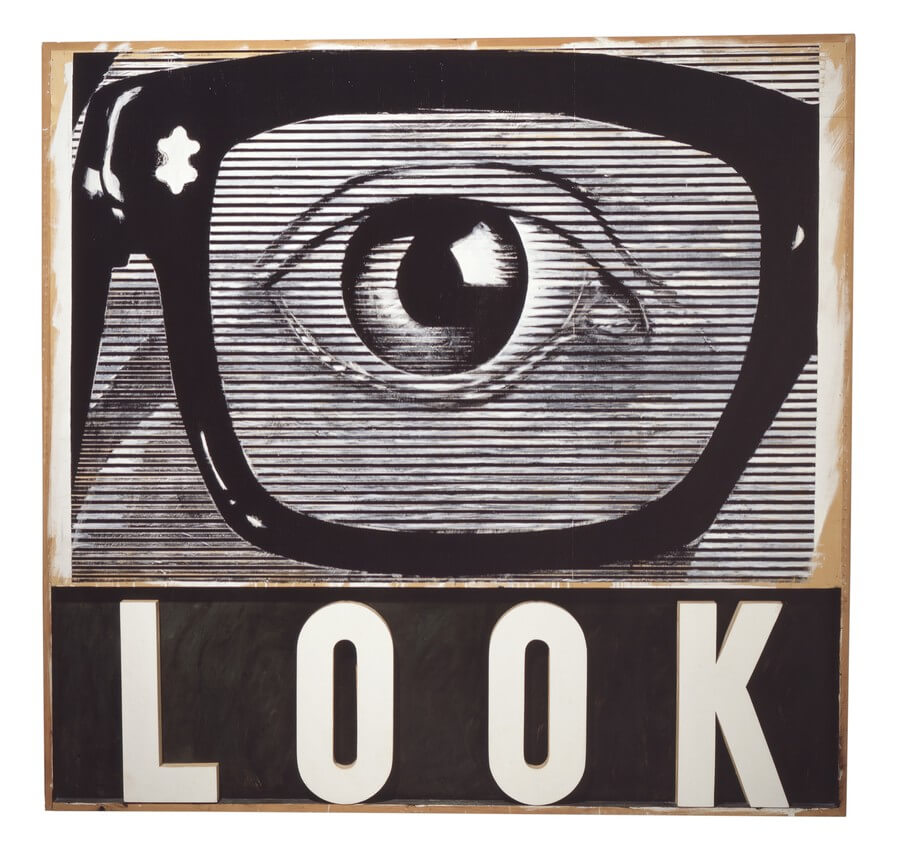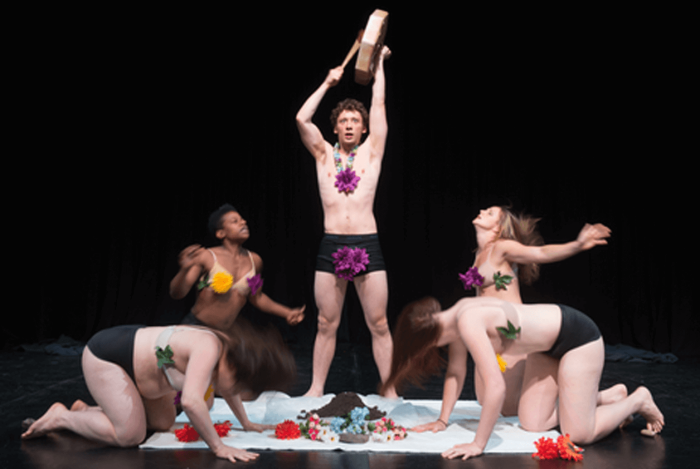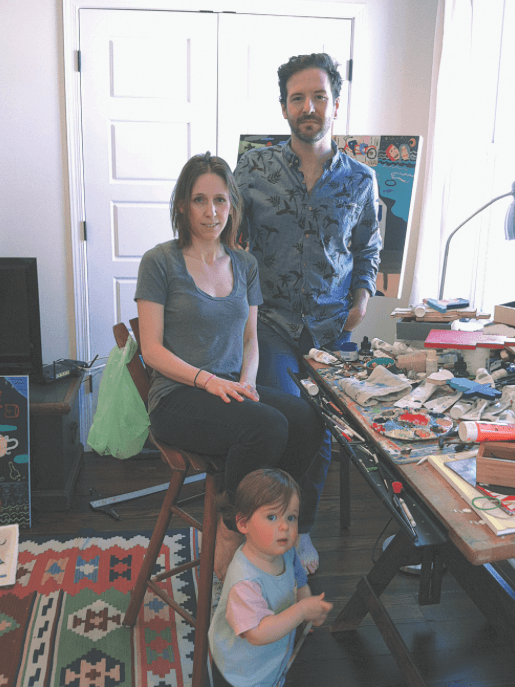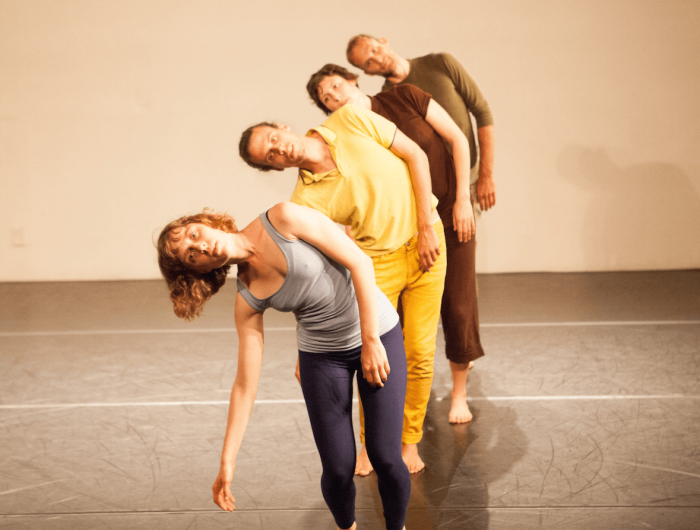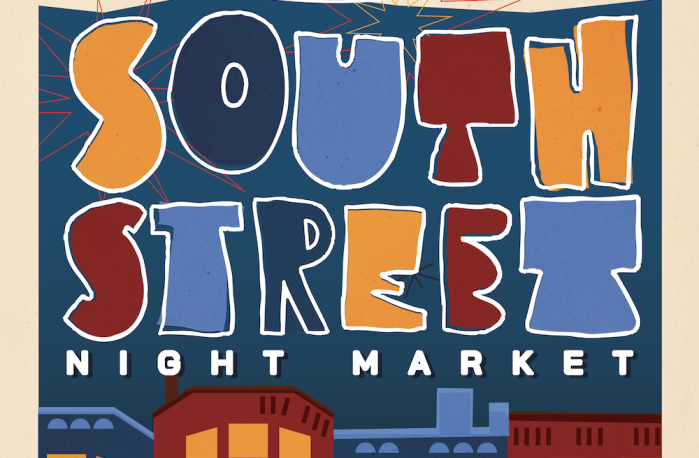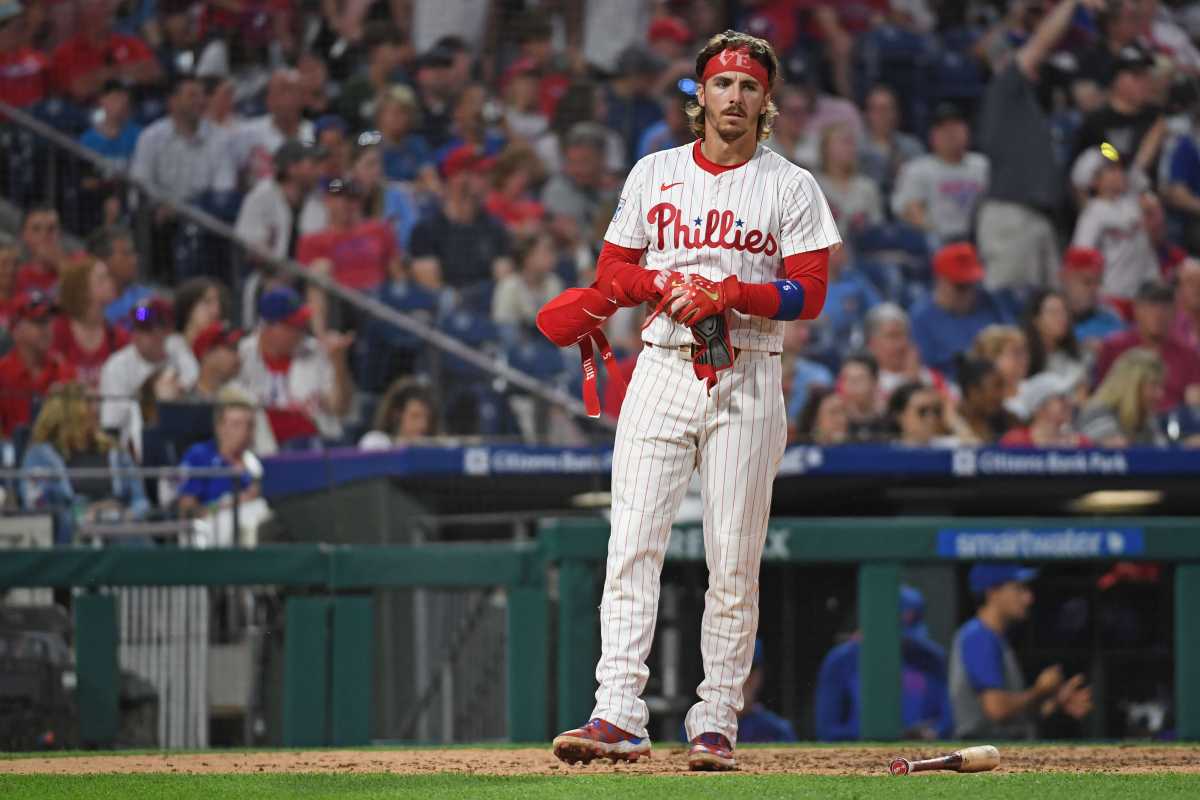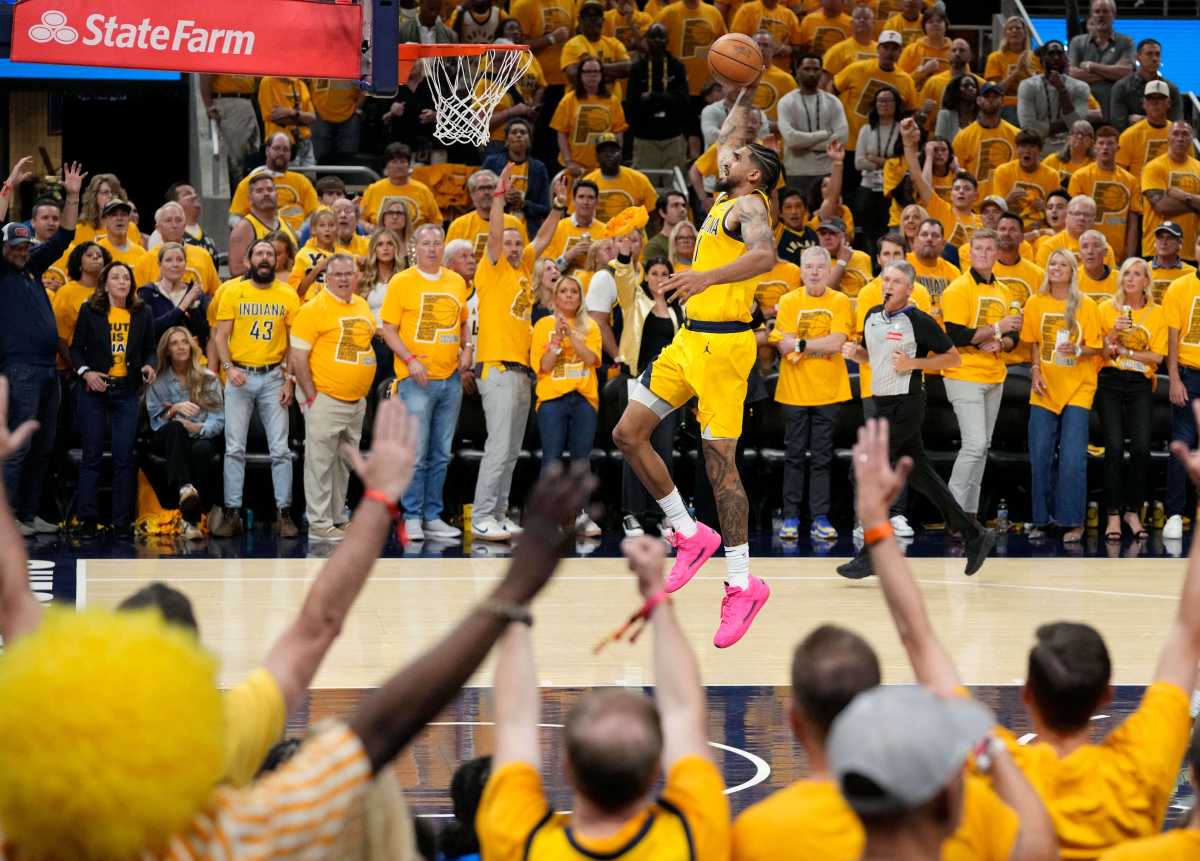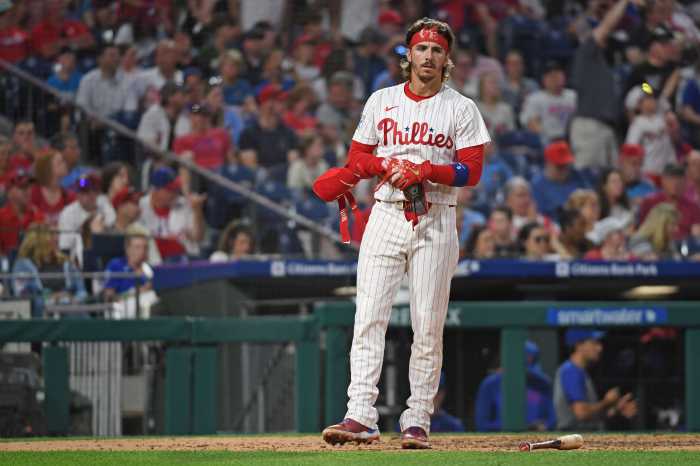Who says pop art is dead? Anyone who thought the movement had lost its ability to provoke orscandalize over the last 50 years was proved very wrong earlier thismonth when a Philadelphia Museum of Art post was removed from Facebookfor “suggestive content.” The image in question, Evelyne Axell’s 1964 painting “Ice Cream,”depicts the face of a woman sensually enjoying a brightly-colored icecream cone. The suggestiveness of that piece was enough to set off aminor social media frenzy, and it’s hardly the most provocative workin the remarkable new exhibition “International Pop,” which opened atthe PMA on February 24, for its only east coast presentation. The expected icons of the movement are present: Andy Warhol, JasperJohns, Roy Lichtenstein, and Ed Ruscha are all represented. But as thename implies, “International Pop” takes a much broaderperspective,including significant and varied takes on mass culture from Germany,Brazil, Japan, Argentina and elsewhere. RELATED:Facebook pulls Philly museum ice cream cone image for ‘offensive content’ “It was truly an international movement,” said PMA Director and CEOTimothy Rub. “To fully understand the phenomenon in all itsmanifestations, you need to understand it from a global perspective.‘International Pop’ presents a movement that emerged throughouteastern and western Europe, South America and East Asia, and in eachregion artists responded to seismic shifts in their own social,cultural and political landscape and participated in a shared interestin images of common culture.” Moving through the expansive show, viewers are treated to a barrage ofcolor and image, politics clashing with pop culture, religion withpolitics, mass consumption with sexual innuendo. Argentinean artistLeón Ferrari’s “The Western, Christian Civilization” crucifies aplaster Christ on a model of an American bomber; nearby, visitors cankneel at a neon altar to Brazilian rock star Roberto Carlos. Later inthe exhibition a rack of Thomas Bayrle’s plastic raincoats standsopposite Robert Watts’ recreated produce stand, a pseudo-gift shopjust preceding an actual one. RELATED:Kathleen Turner schools the crowds at the Philadelphia Theatre Company “Pop was a direct response to the visually rich image environmentbeginning in the 1950s, propelled by the likes of television,advertising, print media and magazines,” said curator Erica Battle.But the movement, she continued, differed depending on the artists’own circumstances. “American pop can seem cool, detached andirreverent, while artists in countries like Brazil produced work thatis politically charged and subversive in the face of politicalrepression. Throughout, a young generation of artists celebrated,rejected, hijacked, subverted, ultimately reinvented pop forthemselves.” IF YOU GO
International Pop
Feb. 24-May 15
Philadelphia Museum of Art
26thStreet & Ben Franklin Pkwy.
215-763-8100



